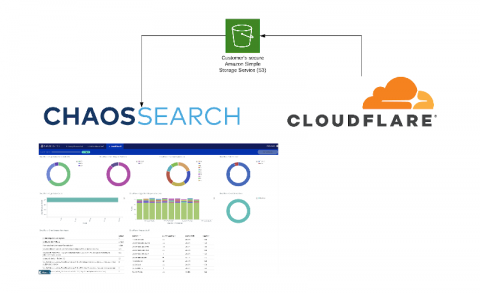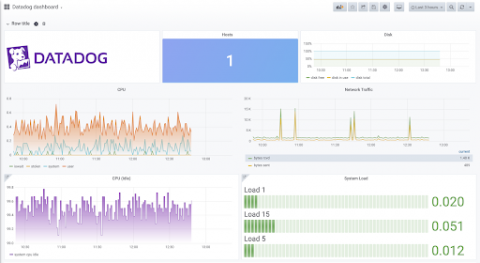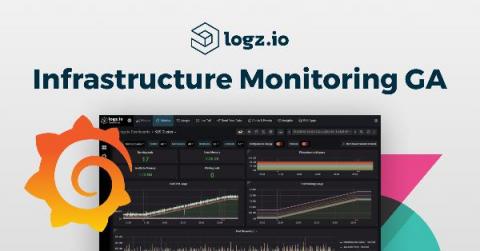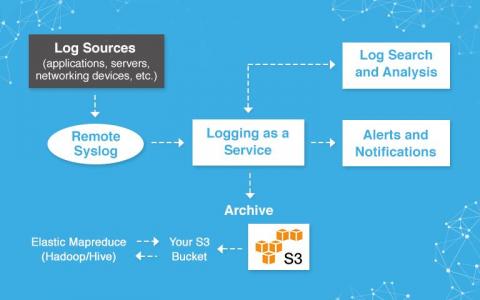Early-detection of Potential Sources of Failure in Serverless
We recently wrote about why serverless applications fail and how to design resilient architectures. Being able to detect early-stage failure indicators can be invaluable. With proper monitoring, developers move from waiting for the system to crash and adopt a more proactive attitude in managing resource allocation and architecture design to avoid bottlenecks and performance degradation.











